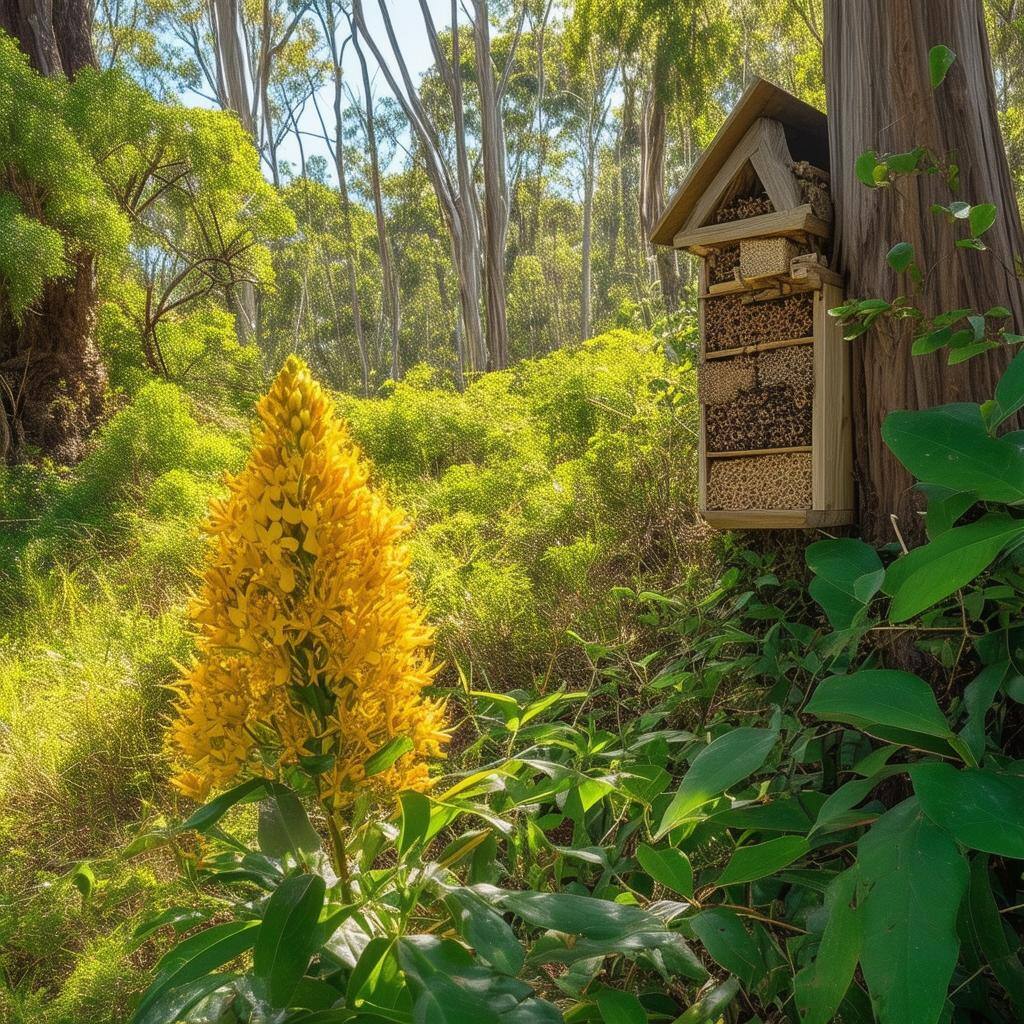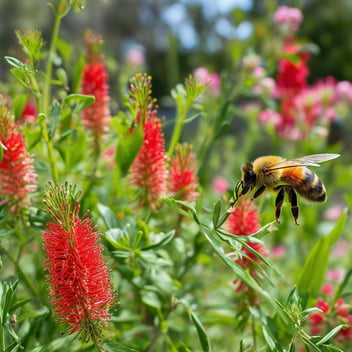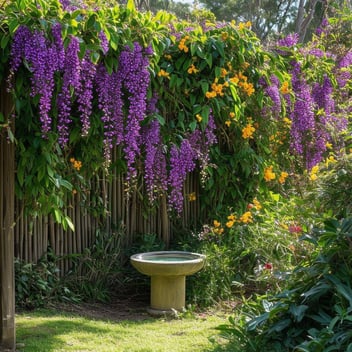The Role of Native Bees in South East Queensland’s Pollination Cycle
Introduction
In the vibrant ecosystems of South East Queensland, native bees are indispensable architects of biodiversity. Their pollination activities sustain native flora and bolster agricultural productivity, weaving an intricate web of life that supports both natural habitats and human endeavors.
Diversity of Native Bees
Overview of Species: Stingless Bees and Solitary Bees
Australia is home to approximately 1,700 species of native bees, with South East Queensland hosting a significant variety. Among these, stingless bees (Tetragonula species) are social insects forming colonies, while the majority are solitary bees, each leading an independent existence.
Unique Characteristics and Behaviors
Stingless bees, such as Tetragonula carbonaria, are small, dark, and thrive in perennial colonies, often nesting in hollow tree trunks. Solitary bees, including the striking blue-banded bee (Amegilla cingulata), are known for their distinctive blue stripes and solitary nesting habits in soil or plant material.
Pollination Mechanisms
Native Bees' Role in Pollinating Native Flora
Native bees exhibit specialized foraging behaviors, effectively pollinating a wide array of native plants. Their interactions are often finely tuned to the morphology of indigenous flowers, facilitating efficient pollen transfer and ensuring plant reproduction.
Comparison with Introduced Honeybees
While European honeybees (Apis mellifera) are generalist pollinators, native bees can be more efficient for certain native plants due to their co-evolution. For instance, the buzz pollination technique of blue-banded bees is essential for plants like tomatoes, which honeybees cannot pollinate effectively.
Agricultural Contributions
Impact on Crop Yields and Quality
Native bees contribute significantly to the pollination of various crops, enhancing both yield and quality. Stingless bees have been shown to be valuable pollinators of tropical plants such as macadamias and mangos.
Case Studies of Effective Pollination
Research indicates that certain native bees are more effective in greenhouse pollination settings compared to honeybees, due to their ability to operate in confined environments and their specific foraging behaviors.
Challenges Facing Native Bees
Habitat Loss and Urbanization
The expansion of urban areas leads to the fragmentation and loss of habitats crucial for native bees. Clearing of native vegetation for agriculture and development reduces the availability of nesting sites and foraging resources.
Pesticide Exposure and Climate Change
The use of pesticides poses direct threats to native bee populations, causing mortality and disrupting reproductive cycles. Additionally, climate change alters flowering times and the availability of resources, challenging the adaptability of native bees.
Conservation Efforts
Community Initiatives and Educational Programs
Organizations like the Australian Native Bee Association conduct workshops and provide resources to raise awareness about the importance of native bees and the need for their conservation.
Establishment of Bee Hotels and Habitats
Creating bee hotels offers solitary bees safe nesting sites, supporting their populations in urban environments. These structures mimic natural habitats, providing refuge and promoting biodiversity.
How Gardeners Can Help
Planting Bee-Friendly Native Flora
Gardeners can support native bees by cultivating plants such as Melaleucas, Leptospermums, and Callistemons, which provide essential nectar and pollen sources.
Adopting Sustainable Gardening Practices
Minimizing pesticide use and maintaining diverse plantings create a hospitable environment for native bees. Providing water sources and leaving some areas undisturbed for nesting further encourage their presence.
Conclusion
Native bees are vital to the ecological and agricultural fabric of South East Queensland. By understanding their roles, challenges, and the steps we can take to support them, we ensure the continued prosperity of our natural landscapes and food systems.




